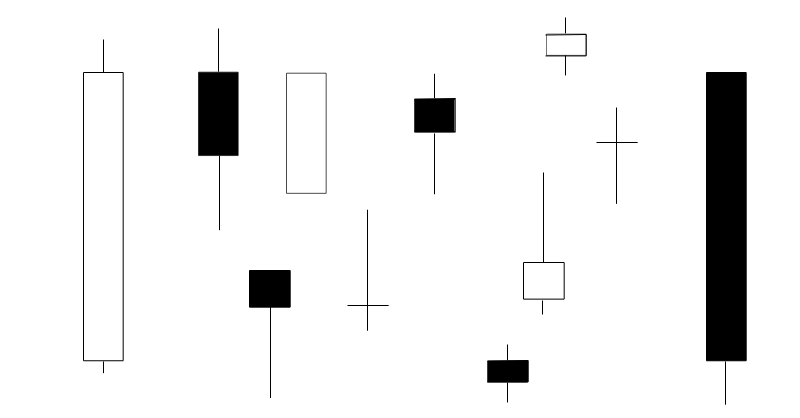I first touched on this concept of R in this post where I gave a simple exercise to hopefully help traders out there to stick to their trading strategies. I realised then that this defining of risk and profits in terms of R might come up in some future posts again, and so decided to write this post on it to explain it a bit better. Let’s start.
This all starts by defining our risk, or more precisely our initial risk per trade in terms of R, where initial risk is the amount of money you are willing to lose / risk on any trade. This amount will differ from one trader to the next, but whatever the amount, equate it to R.
Now that we know what R means, let’s move on to the profits side.
If initial risk is defined as R, then profits can be expressed as a multiple of R. In most cases (and ideally) traders will have profit targets that are bigger than their initial risk (R). So let’s say you risked R on a trade and your profit target is set so that if said target is hit, it will amount to 3 times your initial risk. In this case your initial risk = R and your profits = 3R.
The above was to show you how profits can be expressed as a multiple of R; let’s quickly look at some more examples.
If you entered a trade and get stopped out for the full amount of your initial risk, your loss in terms of R will be -R (negative R)
You’ve risked $50 on a trade and made $100; in terms of R, your initial risk = R and profits = 2R (100/50).
Let’s say you’ve set up a trade risking $100 with potential profits of $300 (initial risk = R, potential profits = 3R), but you normally trail your stops and on this occasion you get stopped out on your trailing stop with $100 open profits. In this case your initial risk = R and profits = R (100/100 = 1R).
Let’s say you’ve opened a trade and it moves against you and you decide to close it out for a loss of half what you initially risked. This would amount to -0.5R (negative 0.5R), a loss of half your initial risk of R.
Your R’s can be added which makes it easier in totalling your profits / losses.
Say you’ve made a total of 5 trades in a certain period which yielded 1R, 0R (breakeven), -1R, 2R and 1.3R respectively; your profits / losses will come to 3.3R (1+0-1+2+1.3). And if you’ve risked say $30 dollars per trade your profit will be 3.3*30 = $99 (excluding commissions of course). I’m not getting into position sizing here, but you can vary R according to the size of your positions, like if you normally risk $50 / trade (that will be your normal R) and decide to risk $25 for some reason on another trade; that would equate to 0.5R which is half the position size you normally would risk.
In my opinion the above paragraph is certainly one benefit of using R to define risk and profits in trading. Another is that it is similar to thinking in percentages in trading rather than the actual money you are risking which can be a helpful way of thinking about losses and profits.
One tip I can give you, is whenever you start trading a new strategy is to risk as little as you possibly can on each trade and equate it to R. So risking absolute minimum, equating initial risk to R, then working with multiples of R when expressing profits and losses. Keep track of your strategy / trading in terms of R and as you get more comfortable and confident with it, risk a bit more and repeat. Do this till you get to the position size which is indicated by your trading plan. The idea is to start out trading the strategy with small size, not thinking about money, but thinking in terms of R and keep thinking in terms of R as you increase your position size until you get to the size as indicated in your trading plan.
Lastly I just want to put it out there that I first read about the concept of R in Van K. Tharp’s book: Trade Your Way to Financial Freedom. It’s a really great read and I hope that if you haven’t read it yet, you’ll try and make a plan soon.
Hope you enjoyed this post. Many thanks for reading.
Thanks and Regards,
Trading SOS SOS
